Are you dreaming of a brighter, more confident smile? Peroxide teeth whitening toothpaste might be the solution you’ve been searching for. This guide will explore everything you need to know about using peroxide toothpaste to achieve a dazzling smile, from understanding how it works to maximizing its benefits and minimizing potential risks. Discover the secrets to a whiter, healthier smile with peroxide toothpaste, and learn how to incorporate it effectively into your oral hygiene routine.
What is Peroxide Teeth Whitening Toothpaste?
Peroxide teeth whitening toothpaste is a specific type of toothpaste that contains hydrogen peroxide or a similar peroxide compound. These compounds act as bleaching agents, designed to lighten the color of your teeth. Unlike regular toothpaste, which focuses primarily on cleaning and preventing cavities, peroxide toothpaste targets surface stains and discoloration caused by factors like coffee, tea, wine, and smoking. This makes it a popular choice for those seeking a quick and accessible way to enhance their smile’s brightness. The effectiveness of peroxide toothpaste varies depending on the concentration of peroxide and the duration of use, but it generally provides noticeable results over time when used consistently as directed.
The Science Behind Peroxide Toothpaste
The magic of peroxide toothpaste lies in its chemical properties. Hydrogen peroxide, the active ingredient, breaks down into water and oxygen. The oxygen molecules then penetrate the enamel of your teeth and oxidize the stain molecules, effectively breaking them down and making them less visible. This process is a form of oxidation, where the stain molecules lose their color. The higher the concentration of peroxide, the faster and more effectively the whitening process occurs. However, higher concentrations also come with a greater risk of sensitivity. The scientific principles behind peroxide toothpaste are well-established, making it a reliable method for teeth whitening when used correctly.
How Peroxide Whitens Your Teeth

The whitening action of peroxide toothpaste begins when the peroxide interacts with the tooth enamel. The oxygen released by the peroxide molecules penetrates the porous enamel, reaching the discolored molecules trapped within. These molecules are what cause the staining and discoloration. The oxygen then breaks down these stain molecules through oxidation, which neutralizes them and lifts them off the surface of the teeth. The result is a brighter, whiter appearance. This process is gentle but effective, and with consistent use, it can lead to significant improvements in the brightness of your smile. Remember, this process primarily targets surface stains, so it might not be as effective on intrinsic stains caused by medications or trauma.
Benefits of Using Peroxide Toothpaste
Peroxide toothpaste offers several advantages beyond just a brighter smile. These benefits make it an attractive option for many people looking to improve their oral hygiene and appearance. The primary benefits include faster whitening results, improved oral health, and cost-effectiveness, especially compared to professional treatments. These factors, combined with ease of use, contribute to the popularity and widespread use of peroxide toothpaste as part of a daily oral care routine. It’s important to note that while peroxide toothpaste offers several advantages, individual experiences can vary depending on the specific product, usage frequency, and individual oral health conditions.
Faster Whitening Results
One of the most appealing aspects of peroxide toothpaste is its ability to deliver noticeable results relatively quickly. Compared to some other whitening methods, such as using whitening strips or gels, peroxide toothpaste starts working immediately, removing surface stains with each brushing session. While individual results vary, many users report seeing improvements in the brightness of their teeth within a few weeks of consistent use. This rapid action is particularly beneficial for those seeking to enhance their smile’s appearance quickly. However, it is crucial to manage expectations and understand that while peroxide toothpaste offers fast results, it might not achieve the same level of whitening as professional treatments.
Improved Oral Health
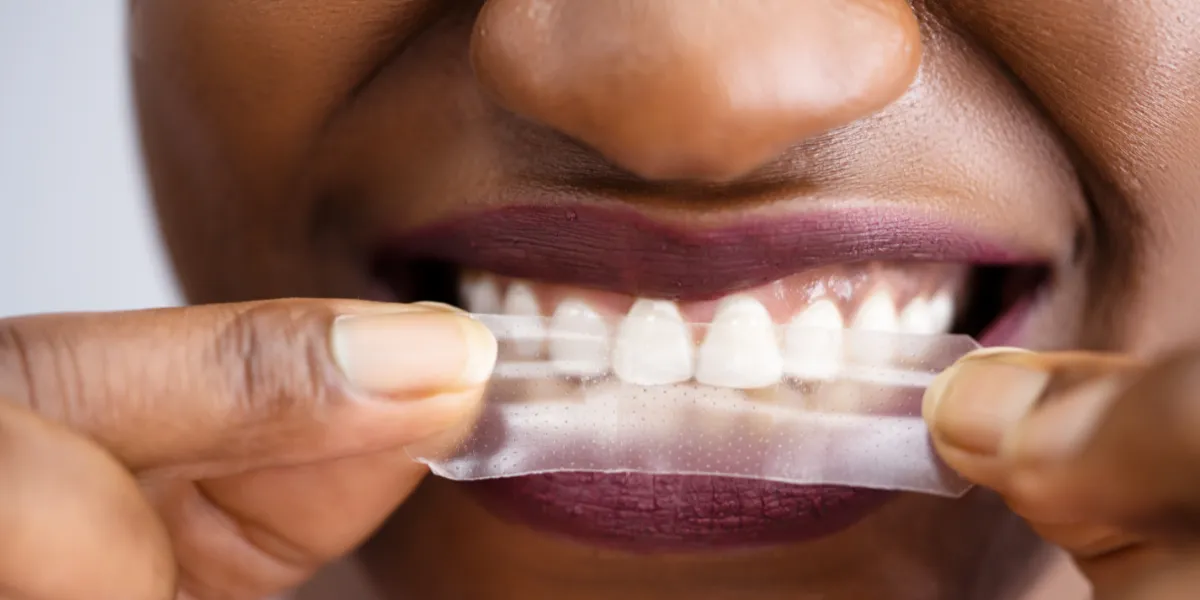
Besides whitening, many peroxide toothpastes are formulated to improve overall oral health. Peroxide has mild antibacterial properties, which can help to reduce plaque and gingivitis. Many formulations also contain fluoride, which strengthens the tooth enamel, protects against cavities, and reduces sensitivity. By addressing multiple aspects of oral health, peroxide toothpaste enhances the appearance of your teeth and contributes to a healthier mouth. Remember that while peroxide toothpaste can contribute to oral hygiene, it should be part of a comprehensive routine that includes regular brushing, flossing, and dental checkups. Using these toothpastes supports healthy gums and can reduce the risks associated with poor oral hygiene.
Cost-Effectiveness
Compared to professional teeth whitening treatments, peroxide toothpaste is a highly cost-effective option. The cost per tube of toothpaste is significantly lower than the price of in-office procedures or even at-home whitening kits. This makes it a budget-friendly choice for those who want to improve their smile without a significant financial investment. While the whitening effects of peroxide toothpaste might not be as dramatic as professional treatments, the cost savings allow many people to incorporate whitening into their daily routine without breaking the bank. Over time, the cumulative effect of using peroxide toothpaste can provide noticeable whitening at a fraction of the cost of other methods.
Choosing the Right Peroxide Toothpaste
Selecting the right peroxide toothpaste is crucial for achieving optimal results and minimizing potential side effects. The market offers a variety of options, each with different formulations and concentrations of peroxide. When choosing a toothpaste, consider the concentration of hydrogen peroxide, the presence of other beneficial ingredients, and the flavor and texture you prefer. Also, keep in mind your sensitivity level, as some toothpastes can cause increased sensitivity. Reading product reviews, consulting with a dentist, and starting with a lower peroxide concentration are helpful steps in finding the best toothpaste for your needs. Careful selection ensures that you find a product that is both effective and suitable for your oral health.
Understanding Peroxide Concentrations
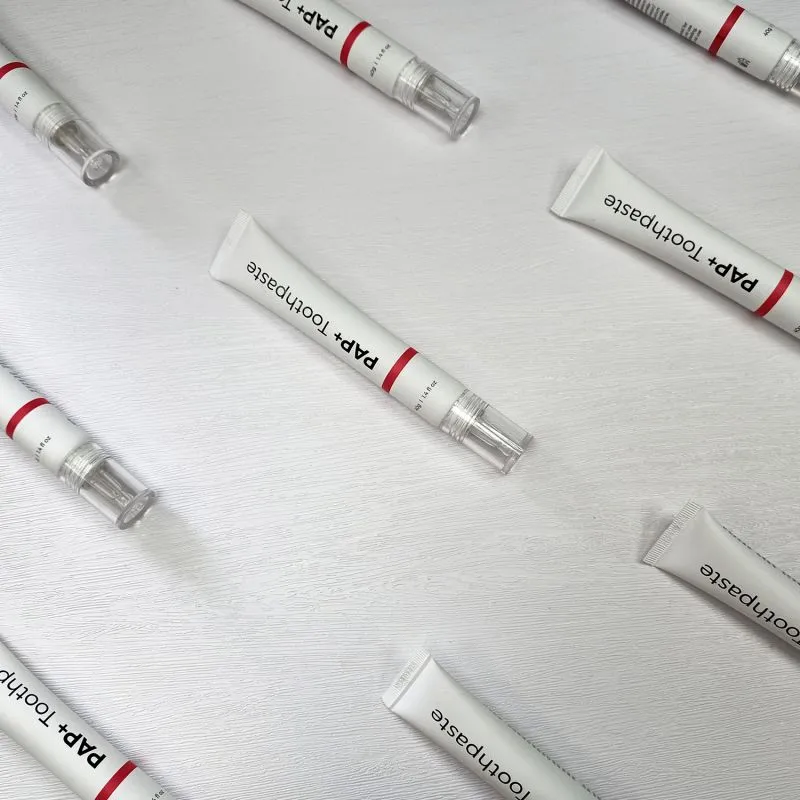
The concentration of hydrogen peroxide in a toothpaste directly impacts its whitening power. Toothpastes typically contain between 1% and 3% hydrogen peroxide. Higher concentrations generally lead to faster and more significant whitening, but they can also increase the risk of sensitivity and gum irritation. For those new to peroxide toothpastes, it’s advisable to start with a lower concentration to assess your tolerance. If your teeth are not very sensitive, you may be able to move to a higher concentration. The optimal concentration varies from person to person based on individual factors such as enamel thickness and pre-existing sensitivity. Always adhere to the product instructions and consult your dentist if you have any concerns about using peroxide toothpaste.
Other Important Ingredients
Besides hydrogen peroxide, peroxide toothpastes often contain other ingredients designed to enhance their effectiveness and improve overall oral health. Fluoride is a common ingredient, strengthening tooth enamel and preventing cavities. Abrasives like silica help remove surface stains and plaque, contributing to the whitening effect. Some formulations also include ingredients such as potassium nitrate to help reduce tooth sensitivity. When choosing a peroxide toothpaste, consider these additional ingredients and their potential benefits. Make sure to choose a toothpaste that addresses your specific oral health needs, whether it’s cavity protection, sensitivity relief, or general oral hygiene improvement, while also providing the desired whitening effect.
Step-by-Step Guide to Using Peroxide Toothpaste
To maximize the benefits of peroxide toothpaste, following a proper brushing technique and adhering to the recommended frequency of use is essential. Proper use ensures that the toothpaste effectively whitens your teeth while minimizing the risk of potential side effects. Always follow the instructions provided on the toothpaste packaging. You can greatly improve your whitening results and maintain your oral health with consistent use. By adhering to these guidelines, you can safely and effectively incorporate peroxide toothpaste into your daily oral hygiene routine and enjoy a brighter smile.
Proper Brushing Technique
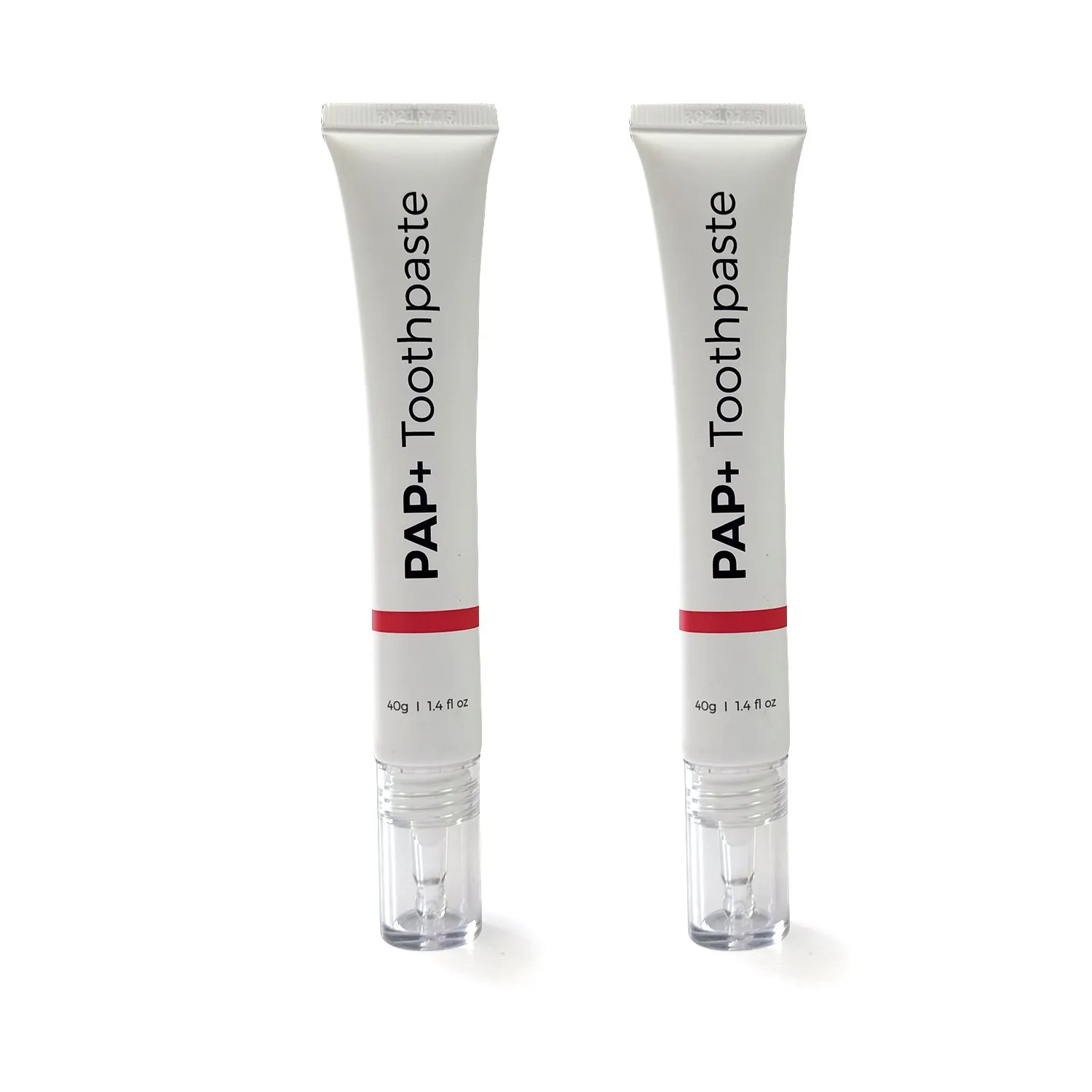
Effective brushing with peroxide toothpaste involves several key steps. First, apply a pea-sized amount of toothpaste to your toothbrush. Brush your teeth for the recommended time, typically two minutes, ensuring you cover all surfaces of your teeth. Use gentle, circular motions and avoid applying excessive pressure, which can damage your enamel and gums. Pay attention to the gum line, where plaque and stains often accumulate. After brushing, spit out the toothpaste thoroughly and rinse your mouth with water. This technique helps the peroxide in the toothpaste reach all areas of your teeth, providing the best possible whitening effect while ensuring that your gums and enamel are protected.
Frequency of Use
The recommended frequency of use for peroxide toothpaste typically ranges from once to twice a day. Over-brushing with peroxide toothpaste can increase the risk of tooth sensitivity and gum irritation. Always follow the manufacturer’s instructions, which will indicate the recommended frequency. If you experience any sensitivity or discomfort, it’s important to reduce the frequency of use or consult your dentist. If you are using peroxide toothpaste once a day, it’s advisable to brush your teeth with a non-whitening toothpaste at another time to maintain a balanced oral hygiene routine. This approach maximizes whitening benefits while protecting your teeth and gums.
Potential Risks and Side Effects
While peroxide teeth whitening toothpaste is generally safe, it’s essential to be aware of potential risks and side effects. The most common side effects are sensitivity and gum irritation. Additionally, prolonged or excessive use could potentially damage tooth enamel. To minimize risks, use the toothpaste as directed and consult with a dentist if you experience any adverse effects. Understanding the potential side effects allows you to make informed decisions and use peroxide toothpaste safely and effectively to achieve your desired results. It is important to follow the manufacturer’s recommendations and monitor your teeth for any signs of adverse reactions.
Sensitivity
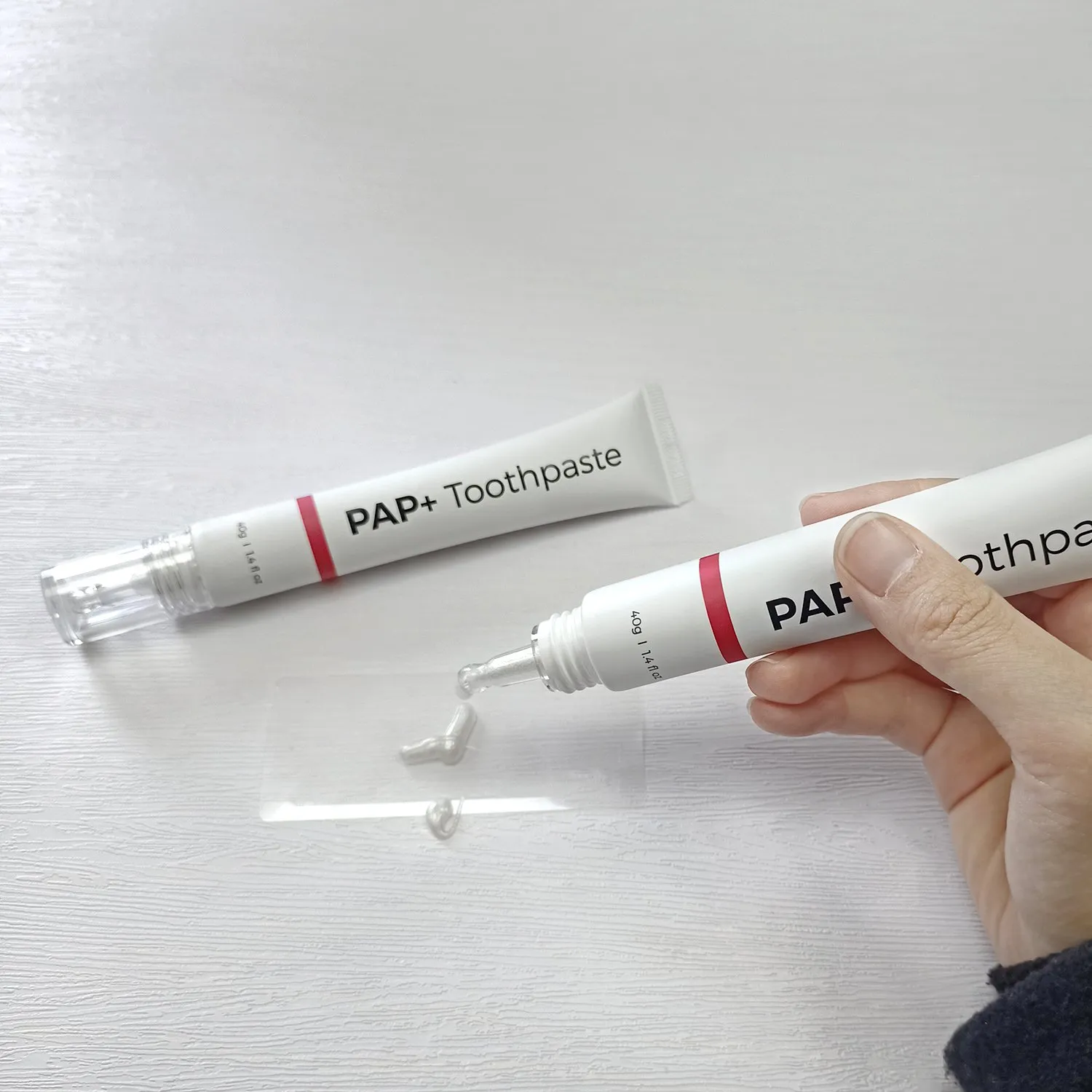
Tooth sensitivity is a common side effect of using peroxide toothpaste. The peroxide can temporarily make your teeth more sensitive to hot and cold temperatures. If you experience sensitivity, try using the toothpaste less frequently, switching to a toothpaste with a lower concentration of peroxide, or using a toothpaste designed for sensitive teeth. You may also want to consult with your dentist about desensitizing treatments. Sensitivity usually subsides after a few days of adjusting your usage or when you stop using the toothpaste. It is crucial to address sensitivity promptly to maintain your comfort and ensure that you can continue with your teeth whitening routine.
Gum Irritation
Gum irritation is another possible side effect of peroxide toothpaste. The peroxide can sometimes irritate the soft tissues of your gums, causing redness, swelling, or discomfort. If you notice gum irritation, it’s important to reduce the amount of toothpaste you use, ensure you are not brushing too hard, or switch to a toothpaste with a lower peroxide concentration. You can also try rinsing your mouth with water after brushing to remove any remaining toothpaste from your gums. Persistent or severe gum irritation warrants a visit to your dentist. Proper oral hygiene, including gentle brushing and flossing, can also help prevent irritation.
Alternatives to Peroxide Toothpaste
While peroxide toothpaste is a popular choice, several alternatives can also help you achieve a brighter smile. These alternatives offer different approaches to teeth whitening, each with its own advantages and disadvantages. Choosing the right alternative depends on your specific needs, preferences, and budget. Understanding the options allows you to make an informed decision and select the method that best suits your needs and oral health goals.
Professional Teeth Whitening
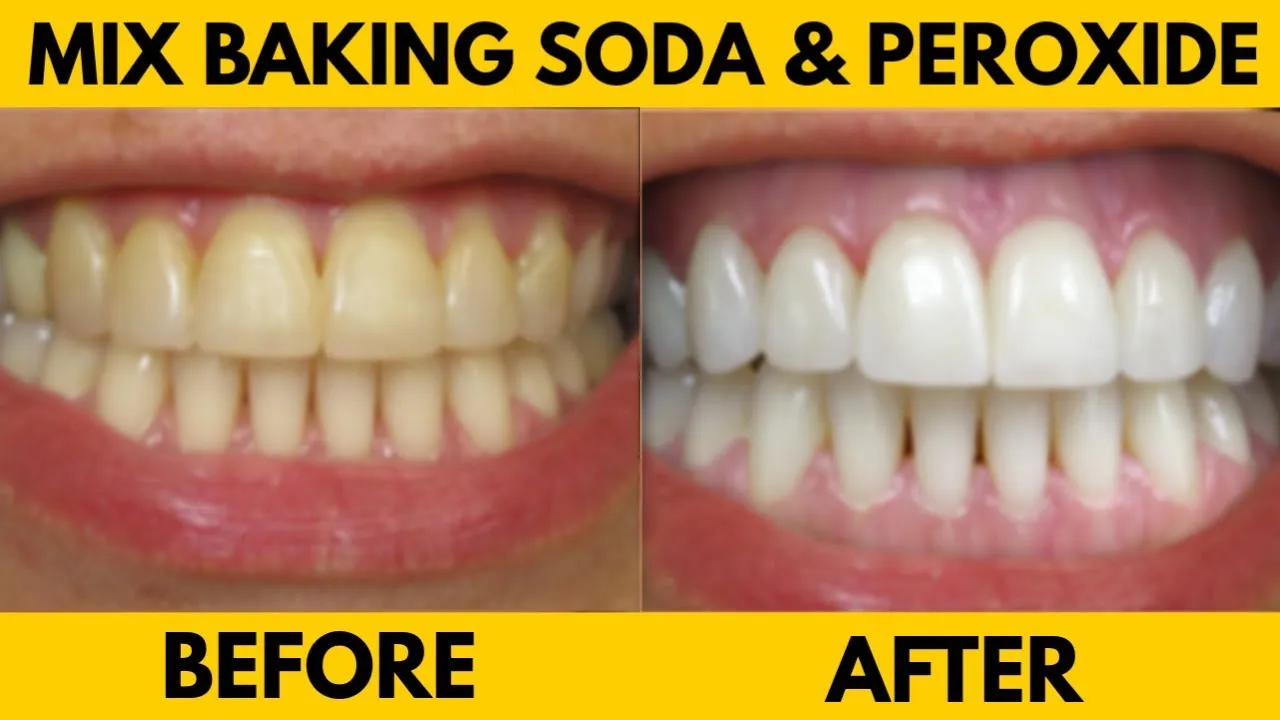
Professional teeth whitening, performed by a dentist, is one of the most effective ways to whiten your teeth. These treatments typically involve a higher concentration of peroxide, producing more dramatic results than over-the-counter products. Dentists can also customize the treatment to your specific needs and monitor your teeth and gums for any potential issues. While professional whitening is generally more expensive than at-home options, it offers the benefits of expert supervision and potentially faster and more significant whitening. If you’re looking for the most dramatic whitening effect or if you have sensitive teeth, professional teeth whitening may be the best option for you.
Over-the-Counter Whitening Products
Besides peroxide toothpaste, a wide range of over-the-counter whitening products is available, including whitening strips, gels, and mouthwashes. These products often contain lower concentrations of peroxide or other whitening agents, and their effectiveness varies. Whitening strips are easy to use and can provide noticeable results, while gels can be applied with custom trays. Whitening mouthwashes are a convenient option for daily use. However, the results may not be as dramatic as those achieved with professional treatments. It’s important to follow the instructions carefully and be aware of potential side effects, such as sensitivity.
Maintaining Your White Smile
After achieving a brighter smile with peroxide toothpaste or other whitening methods, maintaining your results is crucial. Several lifestyle choices and habits can help prevent stains and keep your teeth looking their best. These steps will help you enjoy a lasting, beautiful smile. Consistent care and attention to these factors ensure that you enjoy the benefits of your teeth whitening efforts for as long as possible.
Dietary Considerations

Certain foods and beverages can stain your teeth, undoing the whitening effect. Limiting your intake of coffee, tea, red wine, and dark-colored berries can help prevent stains. You can also rinse your mouth with water after consuming these items to reduce their impact. A healthy diet rich in fruits, vegetables, and dairy products not only supports overall health but also promotes oral health and contributes to a brighter smile. Regular consumption of staining foods and beverages will gradually diminish the effects of your whitening efforts, so making appropriate adjustments to your diet is important.
Regular Dental Checkups
Regular dental checkups and cleanings are essential for maintaining a white smile. Your dentist can remove plaque and tartar, which can contribute to staining, and also provide professional whitening treatments if needed. Regular checkups also allow your dentist to identify and address any potential oral health issues early on, preventing them from affecting the appearance of your smile. Follow your dentist’s recommendations for checkups and cleaning frequency to keep your teeth bright and healthy. These routine visits can ensure that your smile stays its brightest and that your teeth remain in the best possible condition.
In conclusion, peroxide teeth whitening toothpaste offers a convenient and cost-effective way to achieve a brighter smile. By understanding the science behind it, choosing the right product, and following proper usage guidelines, you can effectively whiten your teeth and improve your oral health. Remember to be aware of potential risks and side effects and to consider alternatives if necessary. Maintaining your white smile requires consistent care, including dietary adjustments and regular dental checkups. With the right approach, you can enjoy the confidence of a dazzling smile for years to come.
